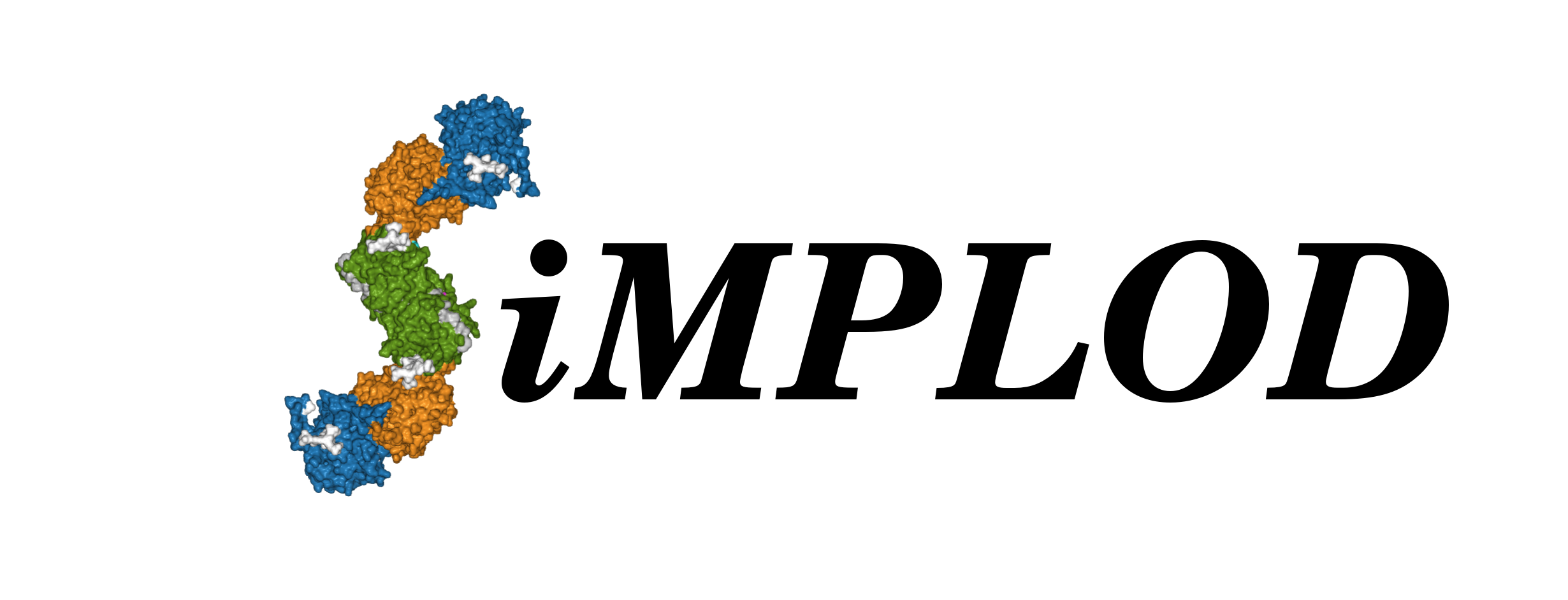 About
Contact
References
Structures
Adv. Search
Stats
Demo
About
Contact
References
Structures
Adv. Search
Stats
Demo
| LH3 ASN223SER | ||
| SiMPLOD ID |
SiMPLOD3-259 | |
| Isoenzyme |
Lysyl Hydroxylase 3 (human) - UniProt - Full Info | |
| Nucleotide mutation |
PLOD3 NM_001084.4:c.668A>G - NCBI RefSeq NCBI SNP: rs121434414 NCBI ClinVar: 6643 |
|
| Mutation type |
Pathogenic | |
| Disease Phenotype |
Connective tissue disorder (bone fragility with contractures, arterial rupture, and deafness, resembling to osteogenesis imperfecta) Link1 | |
| Clinical Databases |
OMIM: 612394 Orphanet: ORPHA:300284 ICD-10: Q78.0 MeSH: C567320 | |
| Evidence at protein level |
This variant EXISTS at the protein level: published experimental data support its existence as protein product. | |
| LH Activity |
+/- | |
| GT/GGT Activity |
-/- | References |
Salo et al., 2008 - DOI - PubMed Scietti et al., 2018 - DOI - PubMed |
Notes from publications |
The Asn223Ser mutation characterized by one nucleotide transition c.668A/G was first reported by Salo et al. in one male sibling stillborn at 28 weeks gestation. Clinical features are described. The same patient was also characterized by the heterozygous nucleotide deletion c.2071 delT (Cys691Ala-End). Reduced values of glycosyltranferase activity in the serum and in lymphoblastoid cells of the proband was observed. Low PLOD3 protein concentration in lymphoblastoid cells was also described. The recombinant protein with Asn223Ser mutations resulted in higher apparent molecular mass in SDS-PAGE. This difference was not observed after treatment with EndoH (a glycosidase) suggesting that this mutation introduce a new glycosylation site for PLOD3 at Asn221. Scietti et al. mapped the Asn223Ser close to the entrance of the glycosyltranferase catalytic site, suggesting an interference with recognition of acceptor substrate molecules. Structural and biochemical features are described. |
| Structural Observations |
Introduces glycosylation near UDP-donor substrate binding site |
|
| Related Entries |
SiMPLOD3-358: LH3 ASN223ASN (SNP) SiMPLOD3-359: LH3 ASN223LYS (SNP) SiMPLOD3-385: LH3 ASN223HIS (SNP) | |
| Last Update |
2021-06-23 08:38:51 | |
|
The three-dimensional visualization is currently based on the homology model of full-length, dimeric human LH3 (generated using the crystal structure of full-length human LH3 as template). You may select a different PDB model file to visualize the mutation(s) using the drop-down menu below (page will refresh): |
||
Thank you for using SiMPLOD - Created by Fornerislab@UniPV Follow @Fornerislab - Last curated update: 1970-01-01 00:00:00
We truly hate messages and disclaimers about cookies and tracking of personal info. But don't worry, we don't use any.